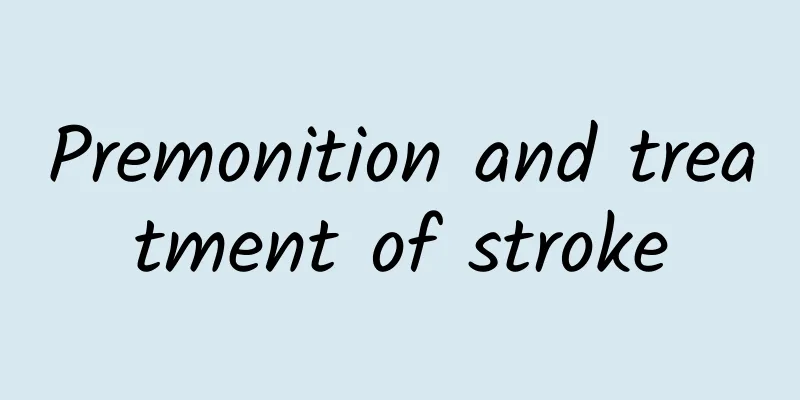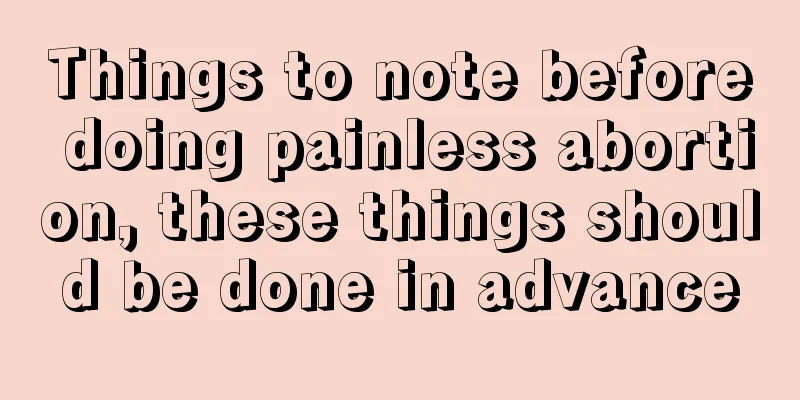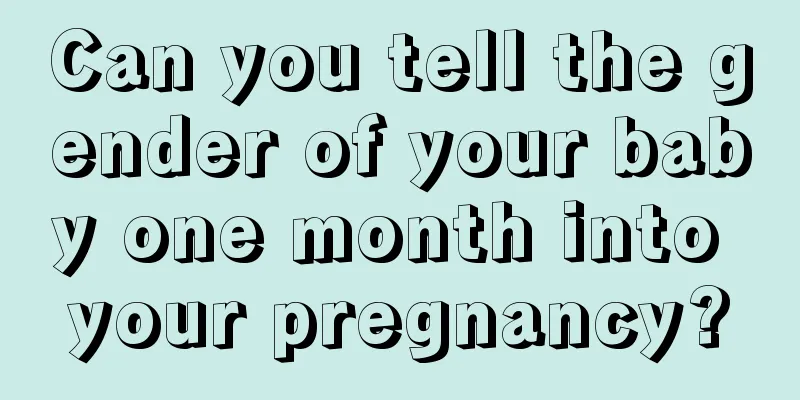Premonition and treatment of stroke

|
Author: Chen Yin Shenzhen Traditional Chinese Medicine Hospital Reviewer: Cao Xuemei, Chief Physician of Shenzhen Traditional Chinese Medicine Hospital If one day you suddenly find yourself having a severe headache, wanting to vomit, wanting to sleep, feeling numbness on one side of your limbs or face, having difficulty speaking, or seeing things blurry and with shadows, having tinnitus, having trouble hearing, being unable to hold things steady, walking unsteadily, and falling easily, please be highly alert. Because these symptoms are the brain's distress signals, indicating that a stroke is about to occur or is already in the early stages. At this time, if you are alone, how can you save yourself? 1. Try to stay calm and don’t panic Call for help immediately: If you find that you may be having a stroke, call the emergency number (120) immediately and inform the dispatcher of your symptoms, location and contact information. Time is of the essence in the treatment of stroke. The earlier you get treatment, the better the prognosis. At the same time, let your family or friends know about your situation as soon as possible so that they can help deal with it. Figure 1 Copyright image, no permission to reprint 2. What to do when waiting for rescue Correct posture: Find a safe place to lie down to avoid falling. Lie flat and tilt your head to one side as much as possible, which helps keep the airway open and prevent vomit from being aspirated. If possible, use a pillow or other object to raise your head to relieve head pressure. Avoid movement: While waiting for help, try to avoid moving or exerting force on your own to avoid aggravating the condition. If you must move, do it slowly with the help of family or friends. Record time: Remembering the time when symptoms occur is very important for subsequent treatment and evaluation. 3. Medical treatment Rapid transfer: When emergency personnel arrive, they will quickly assess your condition and take necessary first aid measures, and then quickly transfer you to a nearby hospital for treatment. Medical evaluation: Upon arrival at the hospital, your doctor will conduct a comprehensive medical evaluation, including a neurological examination, imaging tests (such as CT, MRI), etc., to determine the type and severity of the stroke. Targeted treatment: Based on the evaluation results, the doctor will develop an individualized treatment plan. For ischemic stroke, thrombolytic therapy, antiplatelet therapy, or anticoagulant therapy may be used; for hemorrhagic stroke, blood pressure control and intracranial pressure reduction may be required. Figure 2 Copyright image, no permission to reprint 4. Subsequent rehabilitation and relapse prevention Rehabilitation therapy: After the condition stabilizes, rehabilitation therapy should be started as soon as possible. Rehabilitation therapy includes physical therapy, occupational therapy, speech therapy, etc., which aims to help restore damaged nerve function and improve the quality of life. Management of underlying diseases: If you have underlying diseases such as hypertension, hyperlipidemia, diabetes, etc., you should regularly check your blood pressure, blood sugar, blood lipids and other indicators, and take appropriate medication and dietary adjustments to reduce the risk of stroke recurrence. Lifestyle adjustment: Maintaining a healthy lifestyle is very important to prevent stroke recurrence. This includes a balanced diet, moderate exercise, quitting smoking and limiting alcohol, maintaining adequate sleep and a positive attitude. Regular follow-up: Stroke patients should go to the hospital for regular follow-up examinations to detect and deal with possible problems in a timely manner. The doctor will develop a follow-up plan based on the patient's specific situation and provide corresponding guidance and suggestions. In short, if you find that you may have had a stroke, you should take emergency self-help measures immediately and seek medical treatment as soon as possible. At the same time, you should also pay attention to the importance of follow-up rehabilitation and prevention work to reduce the risk of stroke recurrence and improve the quality of life. |
<<: Animals can stand when they are born, so why can’t human babies?
>>: You ask me, I answer, comprehensive understanding of meniscus injury
Recommend
What kind of household bathroom heater is good? Which one is more practical?
We all know that bathroom heaters are a very comm...
What are the benefits of eating bird's nest for pregnant women and babies?
The nourishing and health-preserving effect of bi...
What are the benefits and effects of seaweed? Can eating seaweed help you lose weight?
Nori is rich in nutrients and has many functions....
What Chinese medicine is best for irregular menstruation?
Irregular menstruation is a disease that female f...
Do you have a sore throat after having an orgasm? Drink these 8 soups to relieve the symptoms, and they even calculate the nutritional value for you!
Nowadays, there are more and more friends who are...
What is the cause of pimples on the labia majora?
The labia majora is a very private part of women....
What does breast nodule grade 4b mean?
Breast lumps are generally a disease caused by ch...
What should girls use to clean itchy
The itching of girls' private parts is mainly...
What to do if pregnant women have recurrent candidal vaginitis
If pregnant women do not pay attention to medical...
What to do if a woman has anal prolapse
We know that the occurrence of symptom such as re...
How long does bleeding last in ectopic pregnancy?
In life, many diseases are caused by not paying a...
Taboo engraved in human genes - prions
Have you seen "Train to Busan"? This fi...
How many days after egg retrieval can you transplant?
The process of IVF transplantation needs to go th...
What kind of liquor can become more fragrant as it ages? What are the rules for making liquor more fragrant as it ages?
We all know that liquor is a common alcoholic bev...
Will menstruation come during breastfeeding?
Will menstruation return during breastfeeding? Th...









